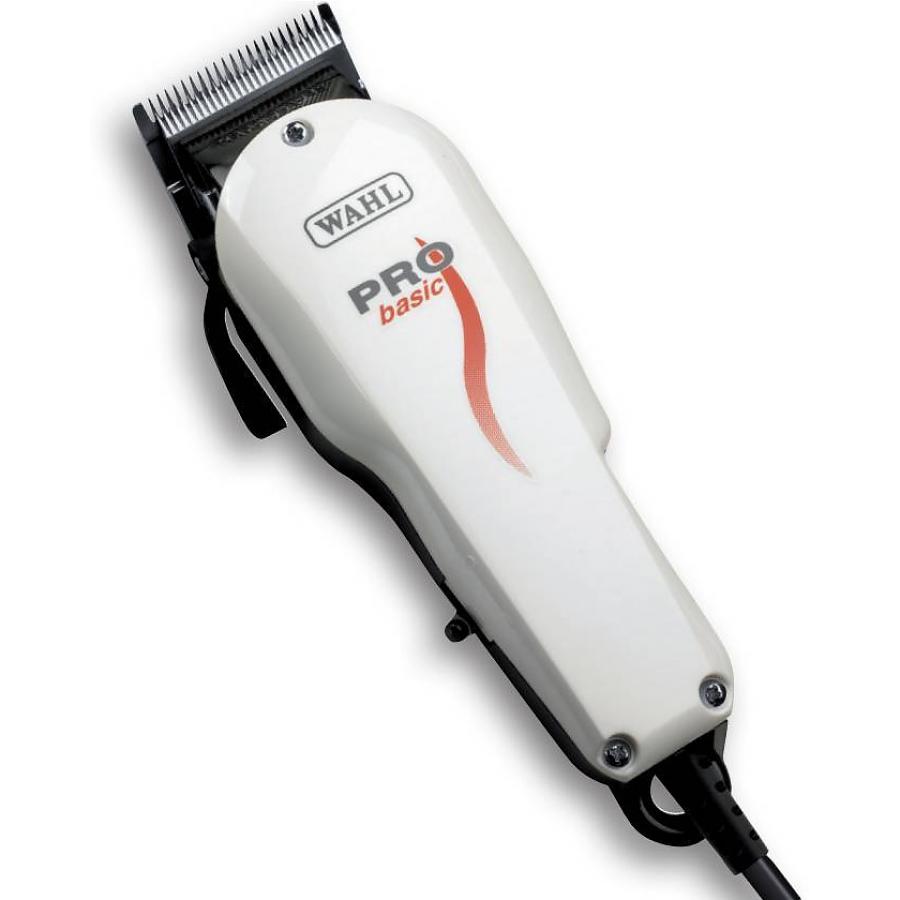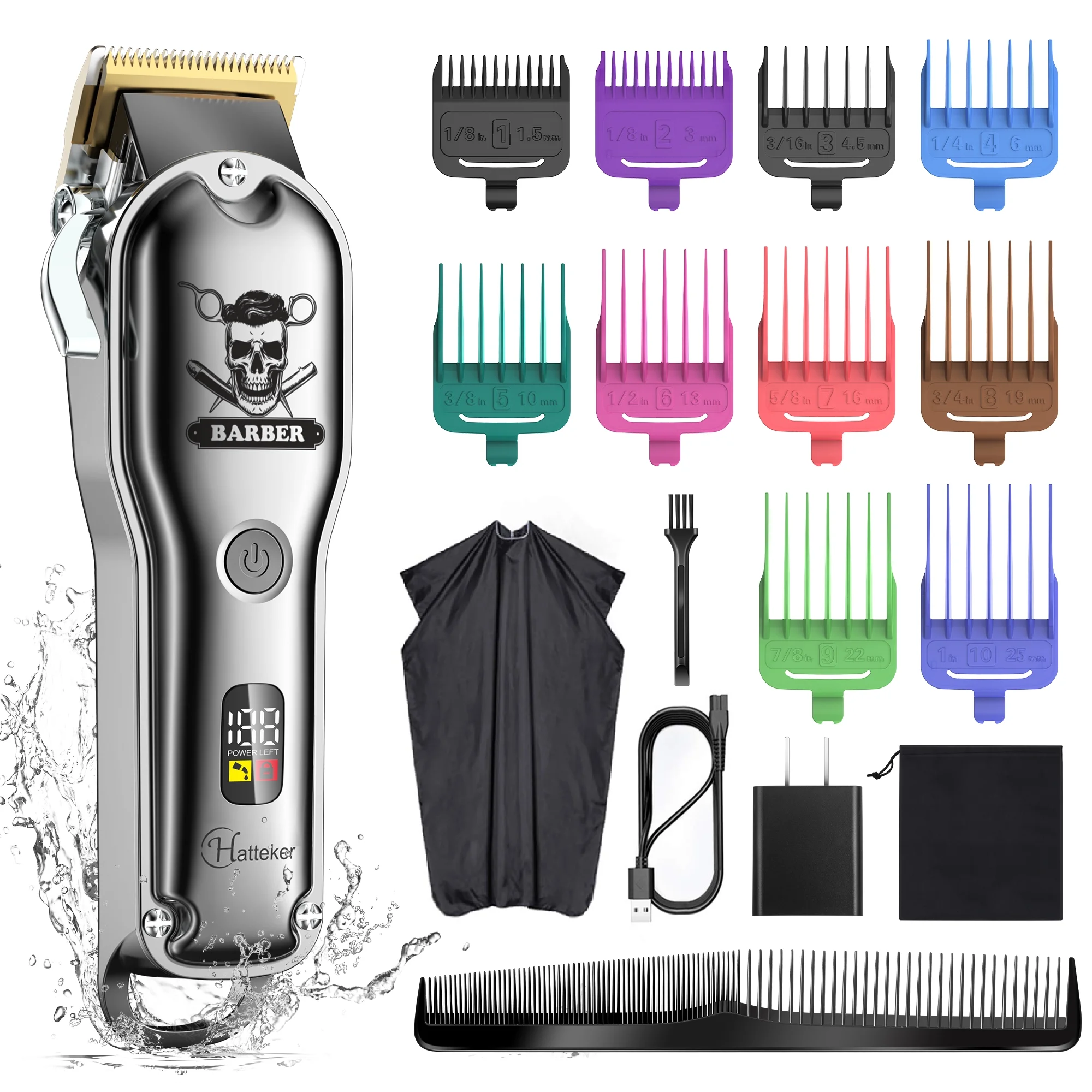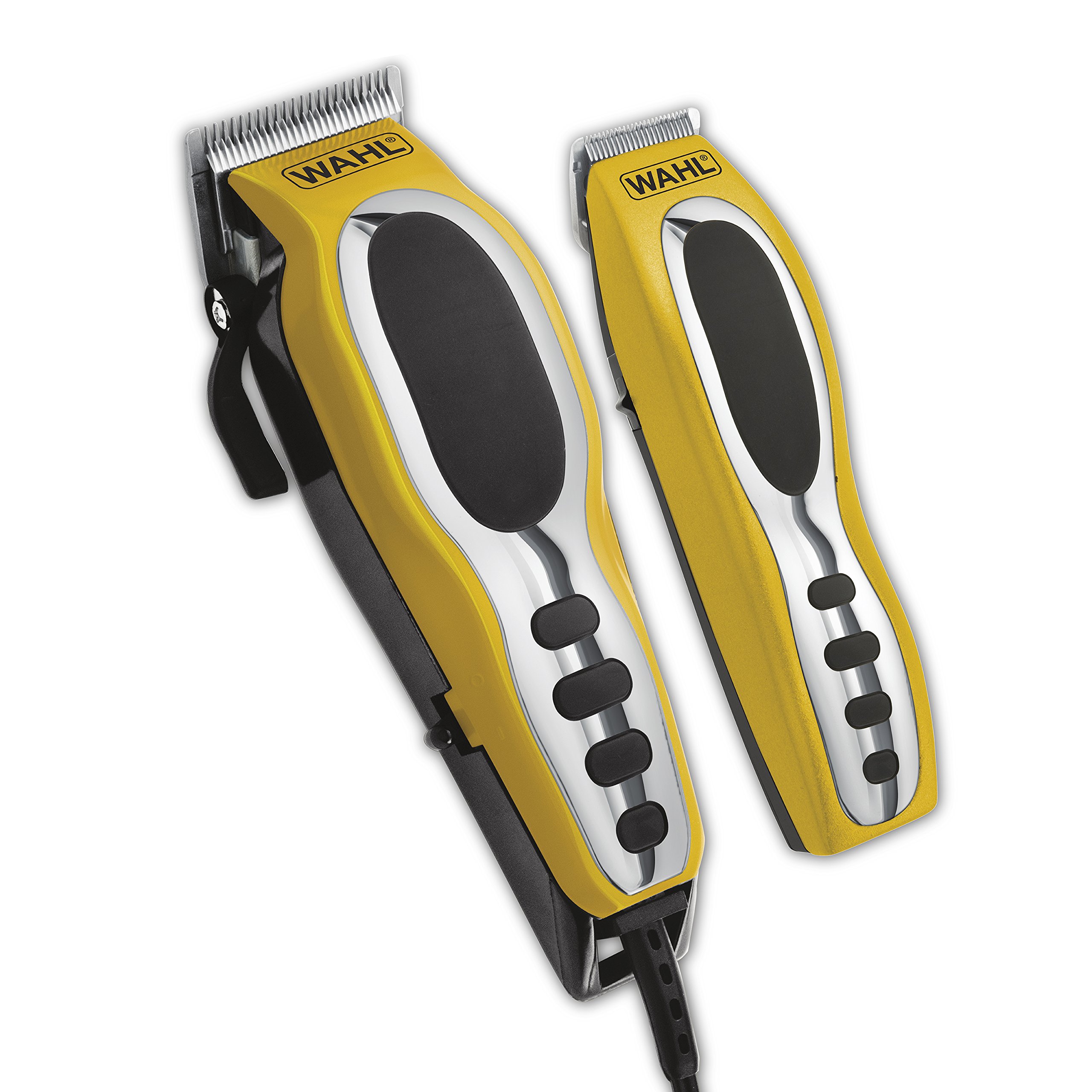In a realm where first impressions often hinge on well-groomed appearances, the significance of a quality haircut cannot be overstated. In the hands of a skilled stylist, a professional hair clipper is not just a tool, but an extension of artistry. These devices not only facilitate precision and efficiency but also empower individuals to express their unique styles. In this comprehensive exploration, we will dive deeper into what makes professional hair clippers an indispensable item in both salons and barbershops, as well as their relevance for personal grooming at home.
The Evolution of Hair Clippers
A Brief History
The history of hair clippers traces back to the late 19th century. The first manual hair clippers were introduced in the 1890s, designed primarily for barbers. These clippers improved on the techniques of the time, which often relied on scissors and blades. As technology advanced, so did the design and functionality of hair clippers, leading to the electrical versions we see today.
The Transition to Electric
The electric hair clipper, popularized in the 1920s and 1930s, revolutionized the hair grooming industry. This significant transition allowed barbers to work more efficiently, ultimately providing quicker service and a more refined cut. The addition of adjustable and detachable blades further increased the versatility of hair clippers, opening the door to various styling options.
Features of Professional Hair Clippers
Build Quality
Professional hair clippers are crafted from high-quality materials, ensuring durability and longevity. Heavy-duty plastic or metal casing, sturdy blades, and a robust motor make these tools reliable for daily use. Many professionals opt for brands that offer warranties, further securing their investment.
Blade Technology
The cutting blades of professional hair clippers are a crucial element determining their effectiveness. Typically made from stainless steel or ceramic, these blades come in adjustable lengths, allowing for various styles and hair types. Additionally, many clippers feature self-sharpening blades, ensuring optimal performance without the need for frequent replacements.
Motor Type
There are generally two types of motors used in professional hair clippers: rotary and pivot. Rotary motors are powerful and quiet, suitable for all hair types, while pivot motors are generally less powerful but excel in cutting through thick hair. Choosing the right motor type is essential depending on the primary use of the clippers.
Advantages of Using Professional Hair Clippers
Precision and Control
One of the most significant advantages of professional hair clippers is the level of precision they provide. With various attachment combs and adjustable blade lengths, stylists can achieve detailed and intricate hairstyles. This precision is particularly vital in fading techniques, where seamless transitions between hair lengths create a polished and professional look.
Time Efficiency
In the fast-paced environment of a salon or barbershop, time is money. Professional hair clippers allow hairdressers to work more quickly, reducing the time spent on each client without compromising quality. This efficiency enables barbers to serve more clients throughout the day, ultimately leading to increased revenue.
Versatility
Professional hair clippers are designed for a broad range of styles and hair types. From buzz cuts to longer layered styles, these clippers can handle it all. Many clippers come with various guards and attachments, making them a versatile tool for both professional stylists and home users.
Maintenance of Professional Hair Clippers
Regular Cleaning
One of the most important aspects of maintaining professional hair clippers is regular cleaning. Hair clippings, oil, and product residue can accumulate, negatively affecting performance. After each use, it is advisable to remove any trapped hair using a cleaning brush. Many clippers come with a cleaning kit that includes oil for the blades, ensuring they remain sharp and free of rust.
Blade Replacement
Over time, even the best blades can wear down. Depending on the frequency of use, it may be necessary to replace the blades every few months to ensure the clipper’s effectiveness. Professional clippers often offer interchangeable blades, allowing stylists to customize their tool for various jobs and hair types.
Professional Servicing
For those who use their clippers regularly, professional servicing can be beneficial. Many manufacturers offer servicing packages that include sharpening, cleaning, and replacing worn parts, ensuring that the clipper remains in top condition.
Finding the Right Professional Hair Clipper
Understanding Your Needs
When selecting a professional hair clipper, consider what it will primarily be used for. Are you a stylist looking for a robust machine to handle various styles, or are you simply seeking a reliable clipper for personal use? Understanding these needs will guide your selection.
Researching Brands and Models
Several established brands are known for their high-quality professional hair clippers, including Wahl, Andis, and Oster. Each brand offers various models catering to different needs, from budget-friendly options to high-end machines that provide advanced features. Researching customer reviews and expert recommendations can give prospective buyers insight into which clippers may suit them best.
Price vs. Quality
While it can be tempting to opt for the cheapest option, the adage “you get what you pay for” holds in the world of professional hair clippers. Investing in a quality clipper can lead to better performance, longer life expectancy, and overall satisfaction. It’s crucial to find a balance between budget constraints and long-term quality.
The Role of Professional Hair Clippers in Home Grooming
DIY Haircuts
In recent years, many people have turned to DIY haircuts as a way to save money and maintain grooming during busy schedules. Professional hair clippers make it feasible to achieve salon-quality results at home. With practice and the right approach, anyone can learn to style their hair effectively.
Family Grooming
For parents managing children’s haircuts, having a professional hair clipper at home can be a game-changer. It allows for quick trims and provides parents control over their children’s hair, ensuring a familiar, safe environment.
Cost-Effectiveness
While the initial investment in a quality professional hair clipper may appear significant, the long-term savings on hair salon visits can be substantial. Over time, purchasing a clipper can prove more economical than frequently scheduling haircuts, especially for large families.
Troubleshooting Common Issues
Despite proper maintenance, issues may still arise with professional hair clippers. Below are some common problems you might encounter, along with troubleshooting tips.
Clipper Won’t Turn On
If your clipper won’t turn on, ensure that the battery is charged. For corded models, check the power cord and plug for any damage. If everything appears in order, it may be due to a faulty switch or motor, which may require professional repair.
Blades Pull Hair
If the clipper blades are pulling hair instead of cutting it cleanly, the blades may need sharpening or replacement. Additionally, check if the blades are aligned correctly. Misalignment can lead to pulling, which can be uncomfortable for clients.
Overheating
Professional hair clippers can overheat during prolonged use. If your clipper gets too hot, it may cut out during operation. Make sure to take breaks every 20-30 minutes to allow the machine to cool down. If overheating persists, it may indicate a failing motor.
 Repairs: When to DIY and When to Seek Professional Help
Repairs: When to DIY and When to Seek Professional Help
Sometimes, the problems faced with professional hair clippers can be easily fixed with a little DIY effort. However, knowing when to put on the toolbox and when to seek professional assistance is crucial for maintaining the longevity of your equipment.
Minor Repairs
You can try addressing the following issues on your own:
- Blade Replacement: If the blades become dull, it’s usually straightforward to replace them. Always refer to the manufacturer’s guidelines for the correct procedure.
- Cleaning Internal Parts: If you notice debris inside, gently open up the clipper (if the design allows) and clean with a small brush or compressed air.
- Replacement of Batteries: If your cordless clipper isn’t holding a charge, consider replacing the battery if you’re comfortable with tools.
Major Repairs
Some repairs should be left to professionals. These typically involve:
- Motor Issues: If the motor is malfunctioning, it’s usually best to consult with qualified repair technicians.
- Wiring Problems: Issues with wiring can be complex and potentially dangerous. Allow a professional to handle electrical components.
- Blade Sharpening: While you can sharpen some types of blades at home, specialized blade sharpening often requires professionals to achieve optimal sharpness without damaging the blade.
Conclusion: The Indispensable Tool for Stylists and Home Users
In conclusion, professional hair clippers are more than just tools; they are essential instruments that transform hairdressing into an art form. From their history and evolution to the technology and versatility they offer today, these devices are crucial in both residential settings and professional salons. The ability to achieve precision, efficiency, and versatility makes professional hair clippers a must-have for anyone serious about grooming. Whether you’re a professional stylist or someone who enjoys DIY grooming at home, investing in a professional hair clipper can elevate your hair care routine and enhance your personal style dramatically.





